
Sicily, an Italian island drenched in sunlight and surrounded by the cerulean embrace of the Mediterranean Sea, has given the world many gifts. Among them, perhaps the most treasured and emblematic is Marsala wine. Deep-rooted in history and culture, Marsala is not just a wine—it's an emblem of Sicilian pride, a testament to centuries-old traditions, and an exquisite flavour journey that tantalizes the palate.
Marsala is a fortified wine, which means it has had additional alcohol added to it, typically in the form of grape spirit. But it's not just the fortification that sets Marsala apart—the intricate process and the varying aging durations that give rise to its diverse categories and complex flavours. From the golden hues of the Oro and Ambra, nurtured by white grapes, to the rich ruby depths of the Rubino, nurtured by red grapes, Marsala offers a palette of flavours, textures, and aromas.
As we delve deeper into this guide, we invite you to journey with us—through the vineyards under the Sicilian sun, past the oak barrels of aging wine, to the very heart of Marsala's essence. Cheers to a voyage of taste and tradition!
Marsala wine, a fortified treasure from Sicily, Italy, is revered for its versatility and rich flavour. Named after the region where it's produced, Marsala is a testament to meticulous craftsmanship and the sun-kissed Sicilian terroir.
Crafted predominantly from the Grillo, Catarratto, and Inzolia grape varieties, Marsala wine undergoes a unique production process. The wine is fortified with grape spirits, enhancing its alcohol content and longevity, and then aged meticulously. The aging process can occur through either a Solera system, akin to how Sherry is made, or through static aging, allowing the wine to develop deep, intricate flavours and aromas over time.
Marsala wines encompass a range of styles, from dry (Secco) to sweet (Dolce). Each style serves different culinary purposes, making Marsala an excellent companion in the kitchen. Dry Marsala is superb as an aperitif or used to deglaze pans and craft exquisite sauces. At the same time, sweet Marsala shines as a dessert wine, often used to prepare the iconic Italian dessert, Tiramisu.
The colour of Marsala wine also varies, offering hues from golden (Oro) to amber (Ambra) to ruby (Rubino), depending on the grapes used and the aging process. Each colour and style of Marsala provides a unique tasting experience, with flavour notes ranging from apricot and vanilla to tobacco and licorice.
Marsala is an unmissable stop for consumers eager to explore the world of wine. Its rich history, variety of styles, and culinary versatility make it a fascinating and delightful choice for those looking to expand their wine horizons. With each sip of Marsala, you engage with a piece of Sicilian heritage and the meticulous art of winemaking, ensuring a delightful experience for all who indulge.
There are various styles of Marsala wines, distinguished by colour, aging period, and sweetness. Here's a list of the Marsala wine ranges:
These classifications can be combined to describe specific bottles. For example, you might come across a "Marsala Superiore Oro Secco," which would be a dry, golden Marsala aged for at least two years. Each type of Marsala offers a distinct flavour profile, suitable for various culinary and sipping occasions.
Before a grape even dreams of becoming the storied Marsala, it embarks on a meticulous journey. From its blossoming as a mere bud to its transformation into a ripe fruit and then its careful selection and pressing, the initial steps of winemaking lay the foundation for the magic of fermentation and the subsequent stages of production. These preliminary stages are crucial in determining the wine’s eventual character. In the case of Marsala, a wine rich in history and flavour, these initial steps hold even greater significance.
Long before fermentation, the essence of Marsala begins in the vineyard. Here, the choice of grape variety, the vineyard's location, the soil type, and even the techniques used to train and prune the vines can influence the final wine's taste and aroma. Sicily’s sun-drenched climate ensures grapes develop optimal sugar levels, while the sea breezes free them from diseases. The dance of nature and nurture in these vineyards results in grapes that are ripe for the making of Marsala.
With these initial steps meticulously undertaken, the stage is set for fermentation, where the grape must begins its transformation into the rich and evocative Marsala wine
Fermentation, at its core, is the conversion of sugars present in the grape juice (must) into alcohol and carbon dioxide through the action of yeasts. In Marsala's traditional winemaking, spontaneous fermentation was the norm, relying on the natural yeasts present on the grape skins and in the winery environment. This method, while unpredictable, often resulted in a diverse array of flavours and aromas, making each batch unique.
As technology advanced and the understanding of microbiology deepened, winemakers began to introduce controlled fermentation techniques. This involves using selected yeast strains, allowing consistency, control over the wine’s character, and reduced spoilage. While some purists advocate for the traditional methods, many modern Marsala producers have found a balance, harnessing the benefits of controlled fermentation while preserving the wine's authentic character.
A significant part of Marsala's allure comes from its aging process. Historically, oak barrels have been the vessel of choice. The porous nature of oak allows the wine to breathe, facilitating a slow oxidation process that imparts depth, complexity, and a plethora of nuanced flavours to the wine. Furthermore, compounds in the oak itself, like tannins and vanillin, blend with the wine, adding layers of taste and aroma.
Steel tanks, a more recent innovation, have become popular for their ability to maintain a controlled environment, preventing any external factors from affecting the wine. This ensures a consistent flavour profile, especially useful for younger Marsala wines meant for early consumption.
The duration of aging varies based on the type of Marsala being produced. Fine Marsala, for instance, is aged for at least one year. In contrast, Vergine or Stravecchio Marsala is aged for over five years, sometimes even decades, creating deep, profound flavour profiles that evolve year over year.
Marsala is not just a wine; it's an experience, a sensory journey that engages the sight, smell, and taste. The very essence of Marsala, with its rich lineage and meticulous crafting, comes alive when poured into a glass. As the wine swirls, it reveals a world of aroma, taste, and visual delight. Beyond the immediate gratification, Marsala offers a fascinating evolution through time, changing and maturing, revealing new facets of its personality. Join us as we unravel this multi-sensory tapestry of Marsala wines.
The first encounter with Marsala is always visual. Marsala can exhibit a range of colours depending on its type and aging. From the golden whispers of the Oro and Ambra, often shimmering with amber or topaz undertones, to the deep, passionate ruby or mahogany hues of the Rubino, each shade hints at the flavour journey that awaits.
Lift your glass and you will be able to recognize the first aromatic notes:
Primary Aromas (Associated with younger Marsalas):
Fruity:
Secondary Aromas (Develop as Marsalas age and evolve):
Spices:
Tertiary Aromas (Associated with well-aged Marsalas):
But the true magic only unfolds when Marsala meets the palate.
Primary Taste Notes (Associated with younger Marsalas):
Secondary Taste Notes (Develop as Marsala ages and becomes more nuanced):
Dry Versions:
Tertiary Taste Notes (Associated with well-aged Marsalas):

Like many fine wines, Marsala has an impressive ability to evolve over time. This evolution is not merely about the wine becoming older but developing a richer, more multifaceted profile. As Marsala wine ages in oak barrels, it undergoes a slow oxidation process, dramatically influencing its sensory profile. The aromas intensify, merge, and sometimes give birth to entirely new ones. For instance, a Marsala that starts with a pronounced note of fresh apricot might, over the years, develop aromas reminiscent of dried apricots or even marmalade.
The longer Marsala ages, the more pronounced its tertiary flavours become. These complex flavours develop due to long-term aging, such as forest floor, truffle, or even medicinal notes. The wine's body becomes more pronounced, its texture silkier, and its finish longer and more persistent. But It's worth noting that while many Marsala wines benefit from aging, not all are designed for extended cellaring. Some are crafted to be enjoyed in their youth, capturing the vibrancy and freshness of the grapes.
The sensory profile of Marsala is a testament to its rich heritage, the land from which it originates, and the skilled hands that craft it. Each sip is an exploration, a journey through time and taste, making it one of the most captivating wines to experience.

Marsala's enchanting dance of aroma, flavour, and texture doesn't just stand alone—it lends itself beautifully to the culinary world. When paired thoughtfully, Marsala enhances and is enhanced by myriad dishes, elevating the dining experience to an art form. Whether it's the light, fresh notes of a younger Marsala or the profound, layered nuances of an aged one, there’s a gastronomic counterpart waiting to be discovered. Let's embark on this gourmet journey, exploring how to unite Marsala with diverse dishes from around the globe harmoniously.
Marsala's Sicilian roots make it a perfect companion for traditional Italian dishes. Think of rich dishes like 'Ossobuco' or 'Chicken Marsala,' where the wine's depth complements the savoury intensity of the dish. With their creamy texture, Risottos also resonate beautifully with Marsala's complexity. But the possibilities do not end there because Marsala is a very versatile wine to pair with different types of food. Here are some excellent ideas of dishes that, paired with Marsala, will help elevate your experience of consuming this wine to the maximum:

How do you choose the ideal dish to match a particular Marsala style? Well, it is necessary to remember both the characteristics of the wine you have in your hands and the characteristics of the potential food that could accompany the wine. Here are a few things you should consider before pairing a dish with Marsala:
In the art of pairing, Marsala wines, with their spectrum of flavours and textures, offer a canvas of possibilities. Like all culinary adventures, trust your palate, experiment fearlessly, and, most importantly, savour the journey.
In the world of wines, the land tells as much of a story as the grape itself. The delicate interplay between soil, climate, and viticultural practices gives each wine a unique fingerprint, a terroir-specific signature. When we talk of Marsala, the tale begins in the sun-soaked terrains of Sicily but doesn't end there. Over the years, this iconic wine's popularity has led to its production across different regions, each bringing its touch to the traditional style. Dive with us into the heartland of Marsala production and explore the diverse terrains where this wine takes life.
The world of Marsala is as diverse as it is delightful. The regions producing this wine, each with its unique climate, soil, and traditions, contribute distinct characteristics to the final product. By diving deep into these regions, we can appreciate the subtleties and stories each bottle tells, connecting us to the earth where its grapes grew.
The Birthplace: Marsala, Sicily
Marsala wine owes its name to the region of Marsala in western Sicily. This coastal town, kissed by the Mediterranean sun and breeze, boasts a terroir that's a goldmine for winemakers. The soil here ranges from sandy to loamy, and the unique microclimate, marked by warm, dry summers and mild winters, creates optimal conditions for the grapes used in Marsala production, like Grillo, Cataratto, and Inzolia. The Marsala from this region is often considered the benchmark, exuding authenticity and a profound sense of place.
Beyond Sicily: Explorations in Italy
While Marsala's heart lies in its namesake town, its spirit has travelled across Italy. Some regions, especially those with climates mirroring Sicily, have experimented with Marsala-style wines. Though these might not possess the DOC (Denominazione di Origine Controllata) status that authentic Marsala boasts, they offer intriguing variations, often reflecting their regional terroir.

Each wine, with its intricate layers of flavours and aromas, is a piece of art. And just like art, the way you present and preserve it can greatly affect your experience of it. With its depth and versatility, Marsala deserves special attention in this realm. Your decision on how to serve Marsala wine can enhance its character, elevate its taste, and prolong its life. From the chill of the bottle to the space on your shelf, let's uncover the best practices to showcase Marsala in all its glory.
Temperature isn't just about the degrees on a thermometer; it's a curator of experience. It is key to unlocking the symphony of aromas and flavours, especially for a wine as nuanced as Marsala.
Remember, these are starting points. Trusting your palate and adjusting based on your preference and the wine's unique character is the final step in this dance of temperatures.
Selecting the proper glass for Marsala is essential to appreciate its unique characteristics fully. Here are some tips to help you choose:

Decanting is more than a mere ritual; it's a transformative process. For wines, especially those with age, decanting can be akin to a brief respite, a moment to breathe and stretch before shining in the spotlight.
Proper storage isn’t just about ensuring longevity but, in some cases, enhancing its quality.
Tending to your Marsala with care in serving and storage ensures that each sip is a testament to its heritage, journey, and the hands that crafted it. It's a dance of respect between the connoisseur and the creation, culminating in an impeccable tasting experience.
Marsala and Sherry are two distinct types of fortified wines, each with its own unique characteristics and origins. However, they share some similarities in terms of production and usage, while also exhibiting significant differences in flavor, terroir, and aging processes. In this section, we'll explore the commonalities and distinctions between Marsala and Sherry wines.
In summary, while Marsala and Sherry wines share some common traits as fortified wines suitable for cooking and sipping, their differences in origin, grape varieties, aging processes, and flavor profiles make each of them a unique and distinct wine style with its own place in the world of oenology.
Sustainable wine production is at the forefront of the Marsala wine industry's agenda, safeguarding the environment and the treasured vineyards in Sicily. Below, we delve into the main aspects of sustainability in Marsala wine production, showcasing producers' commitment to responsible and ethical practices.
Water management is crucial in the arid climate of Sicily, where efficient water use is not just responsible but necessary for the vineyards' survival and productivity.
Many Marsala wine producers utilize advanced irrigation systems, like drip irrigation, to minimize water wastage while ensuring that the vines receive adequate moisture. Adopting rainwater harvesting and water recycling practices further enhances water conservation efforts in the region.
Healthy soils are the foundation of robust and productive vineyards. For Marsala wines, the meticulous management of soil health and structure plays a vital role in sustaining the vineyards and preserving the land's integrity.
Producers often implement organic or biodynamic farming methods, avoiding harmful pesticides and synthetic fertilizers. Techniques like cover cropping and minimal tillage are also adopted to improve soil fertility, prevent erosion, and promote biodiversity, contributing to a balanced and thriving ecosystem.
Organic certification in Marsala wine production signifies a dedication to environmental preservation and producing high-quality wines that reflect their terroir with authenticity and clarity.
Organic-certified Marsala vineyards refrain from using synthetic pesticides, herbicides, and fertilizers. These vineyards comply with stringent standards that emphasize natural and sustainable farming practices, ensuring that the wines produced truly express the region's character without compromising environmental health.
Sustainability in Marsala wine production represents a harmonious marriage between tradition and innovation, with producers diligently adopting practices that celebrate and protect the remarkable Sicilian landscape. As consumers, choosing Marsala wines that champion sustainability allows you to indulge in these splendid wines responsibly, knowing that each bottle is a testament to environmental stewardship and the enduring allure of Marsala.
Navigating Marsala wines' rich and exquisite world offers a delightful journey for enthusiasts and casual consumers alike. With its enchanting spectrum of styles and flavours, this celebrated Sicilian wine provides an exceptional experience that seamlessly merges tradition, variety, and the unique terroir of its origin. Whether you're savouring a dry Marsala as an aperitif or indulging in a sweet variant to accompany or craft delectable desserts, there’s a Marsala wine that impeccably suits every palate and occasion.
As we conclude this guide, we encourage you to explore and embrace the diversity Marsala wines bring. Each bottle tells a story of Sicily's meticulous craftsmanship, heritage, and sun-drenched vineyards. Engage with different styles, from Fine to Superiore Riserva, and let your taste buds dance with the harmonious balance of sweetness, acidity, and robust flavours that define Marsala. The adventure doesn’t end here; it begins with each cork popped and every glass poured, inviting you to discover and revel in the timeless allure of Marsala wines. Cheers to a sophisticated and joyous wine journey ahead!
If you want to know how much time can your Marsala last in optimal conditions, then you should check out this article.

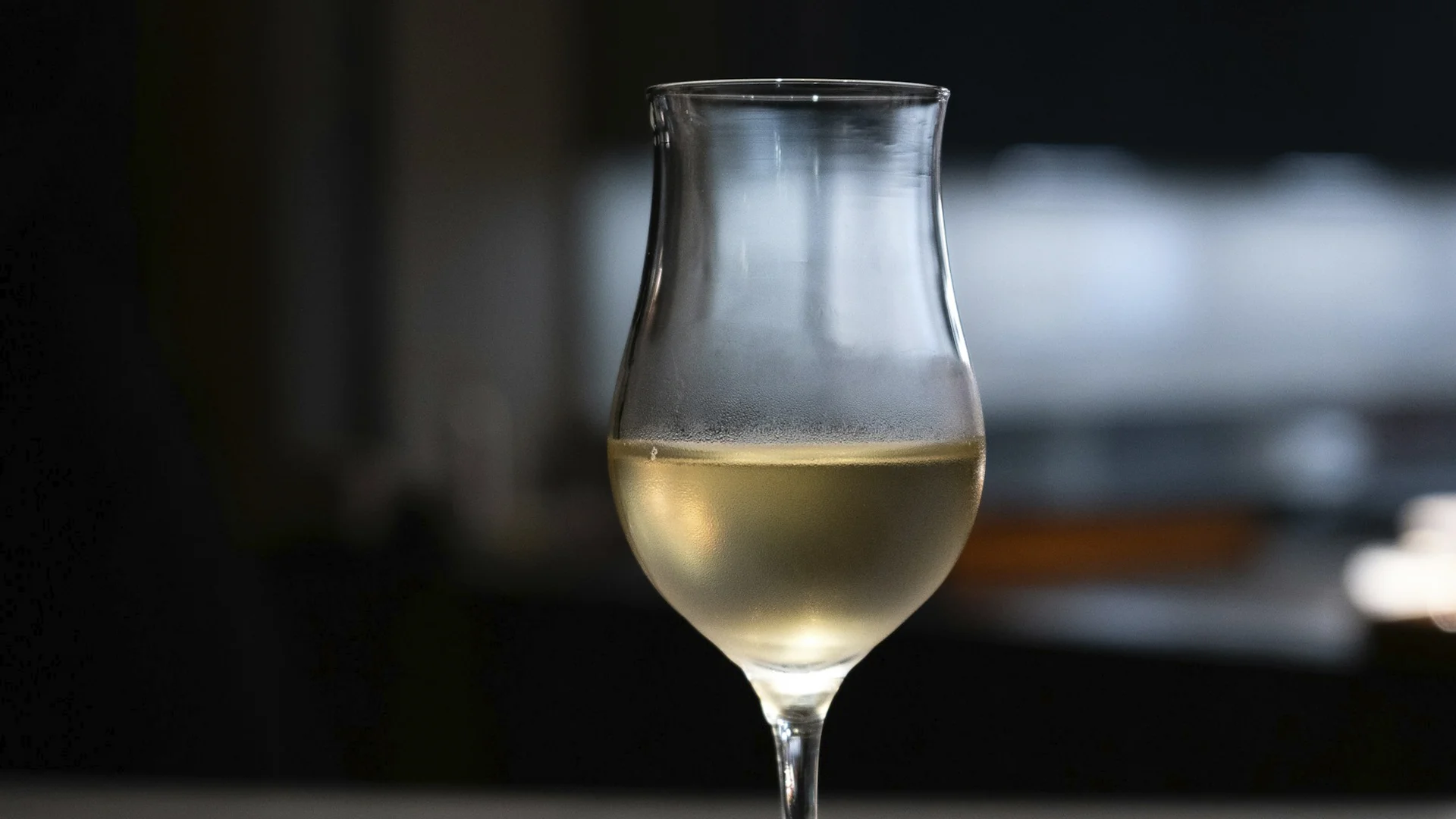
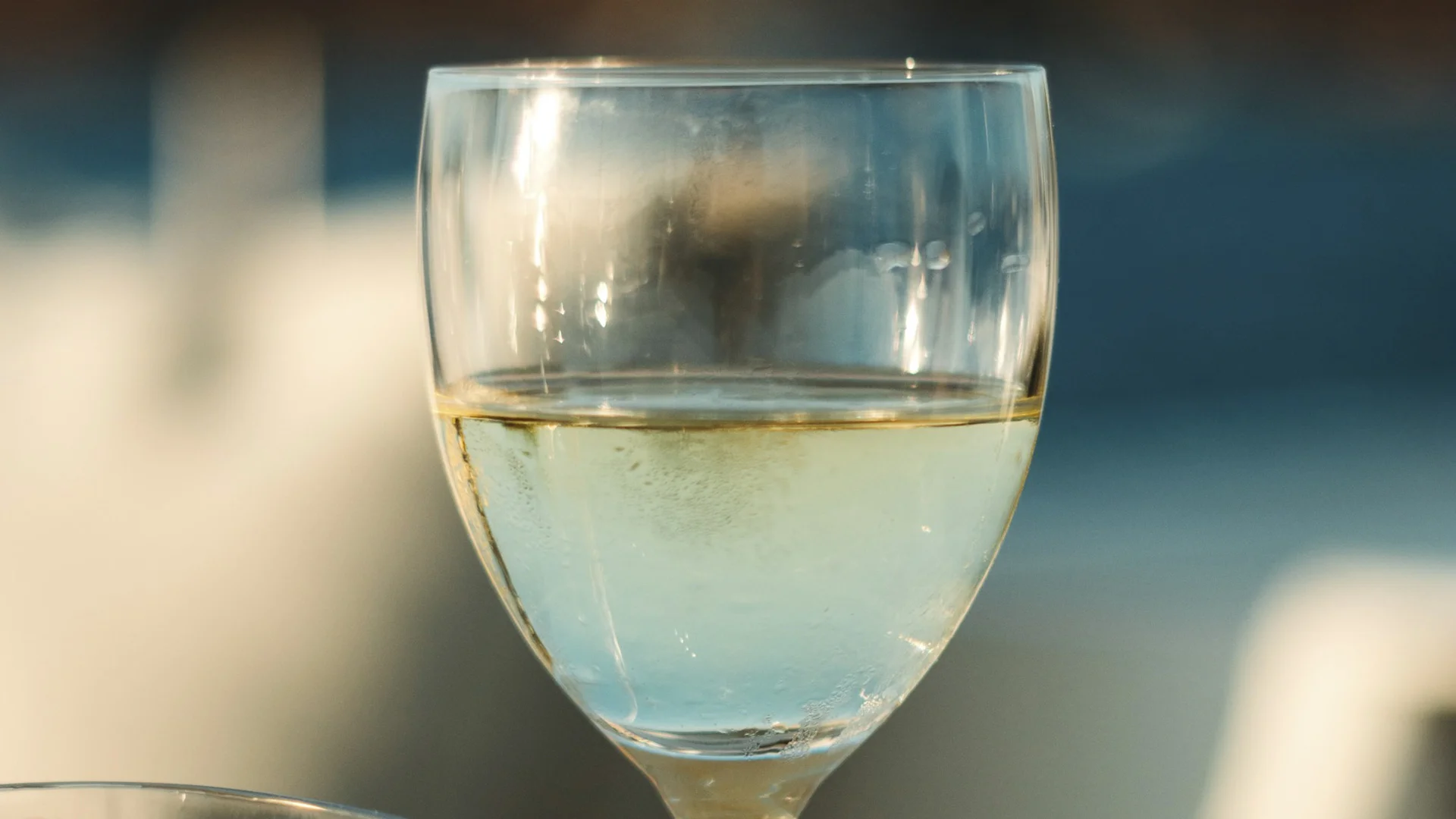

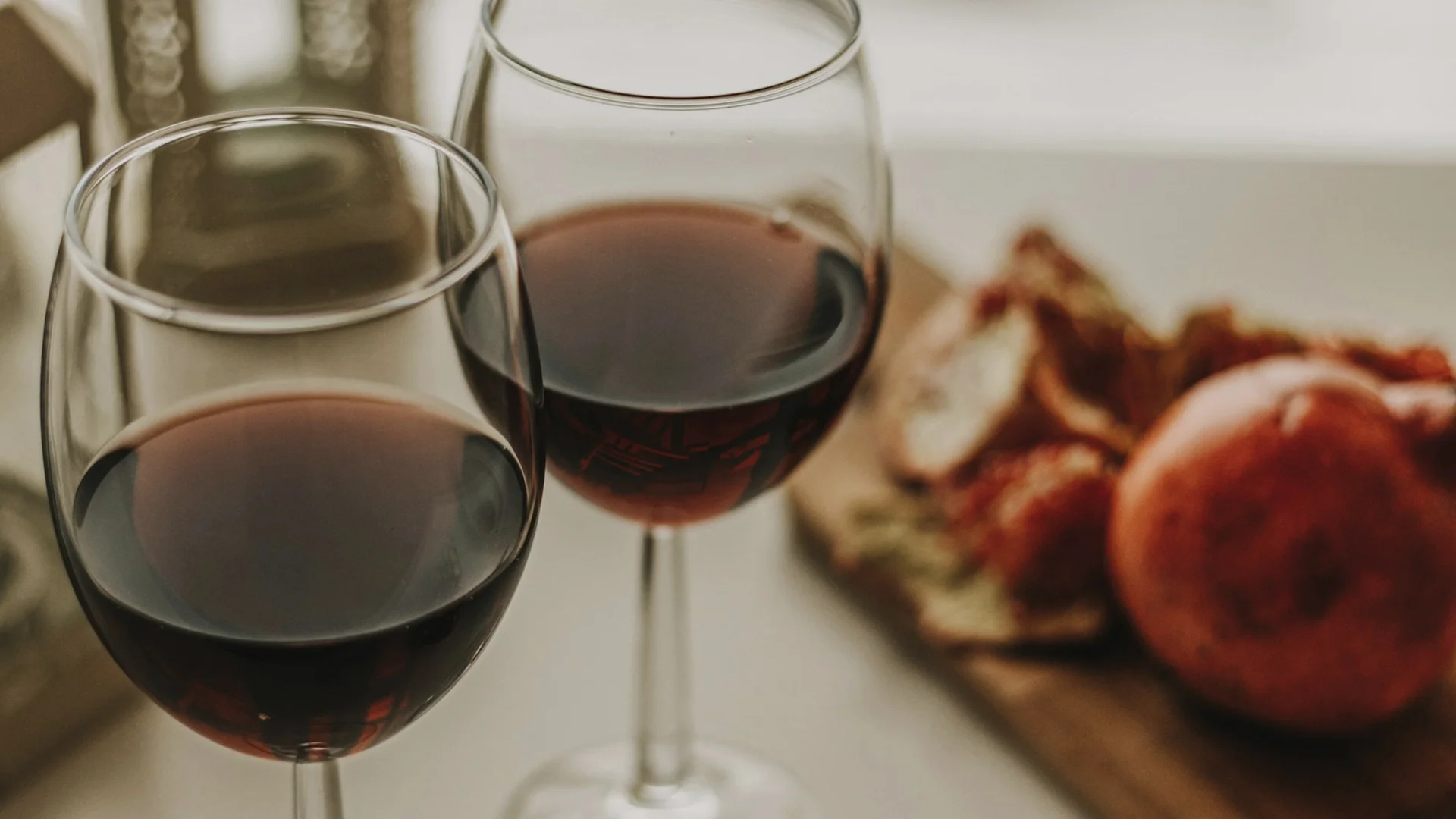


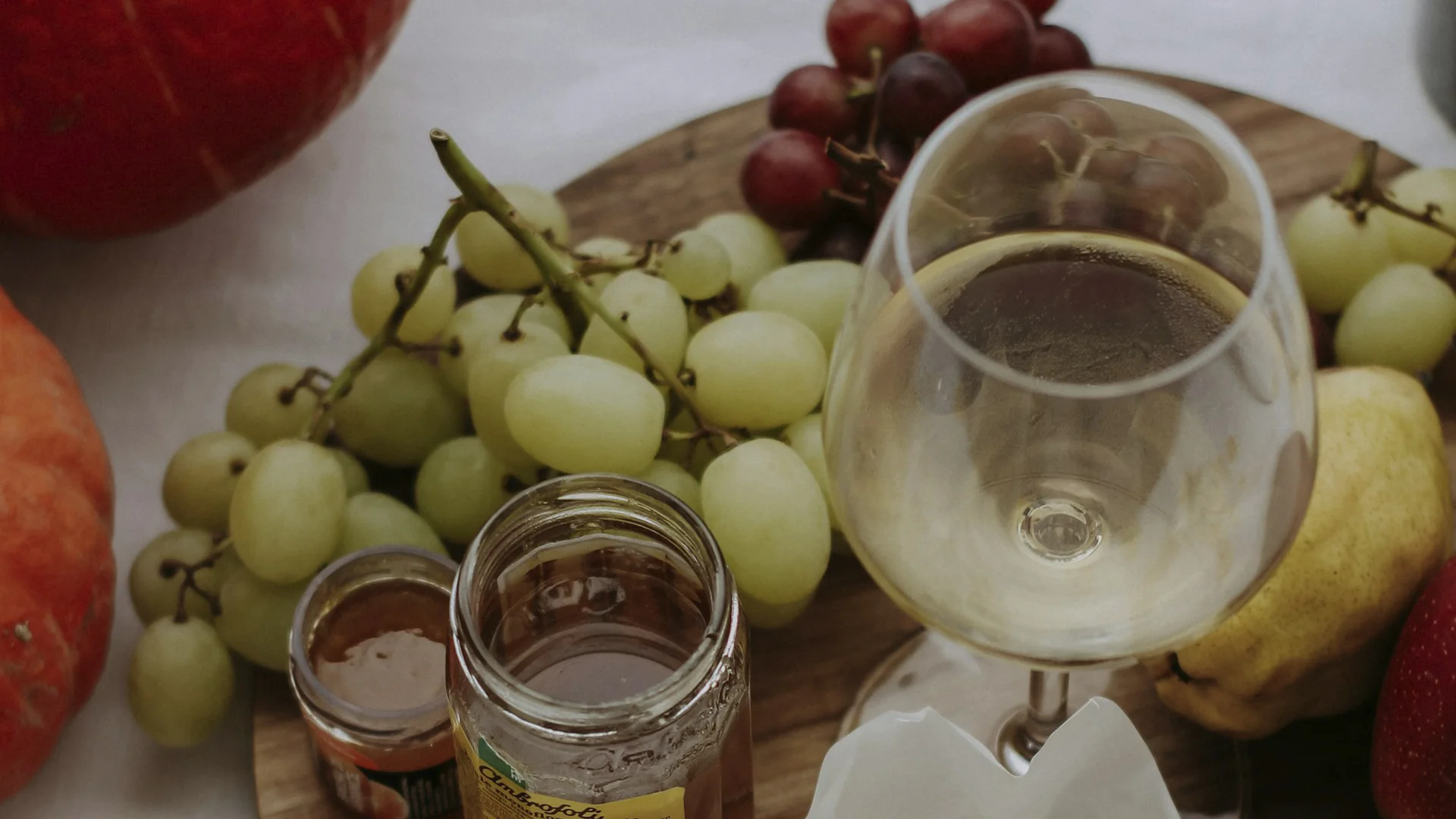
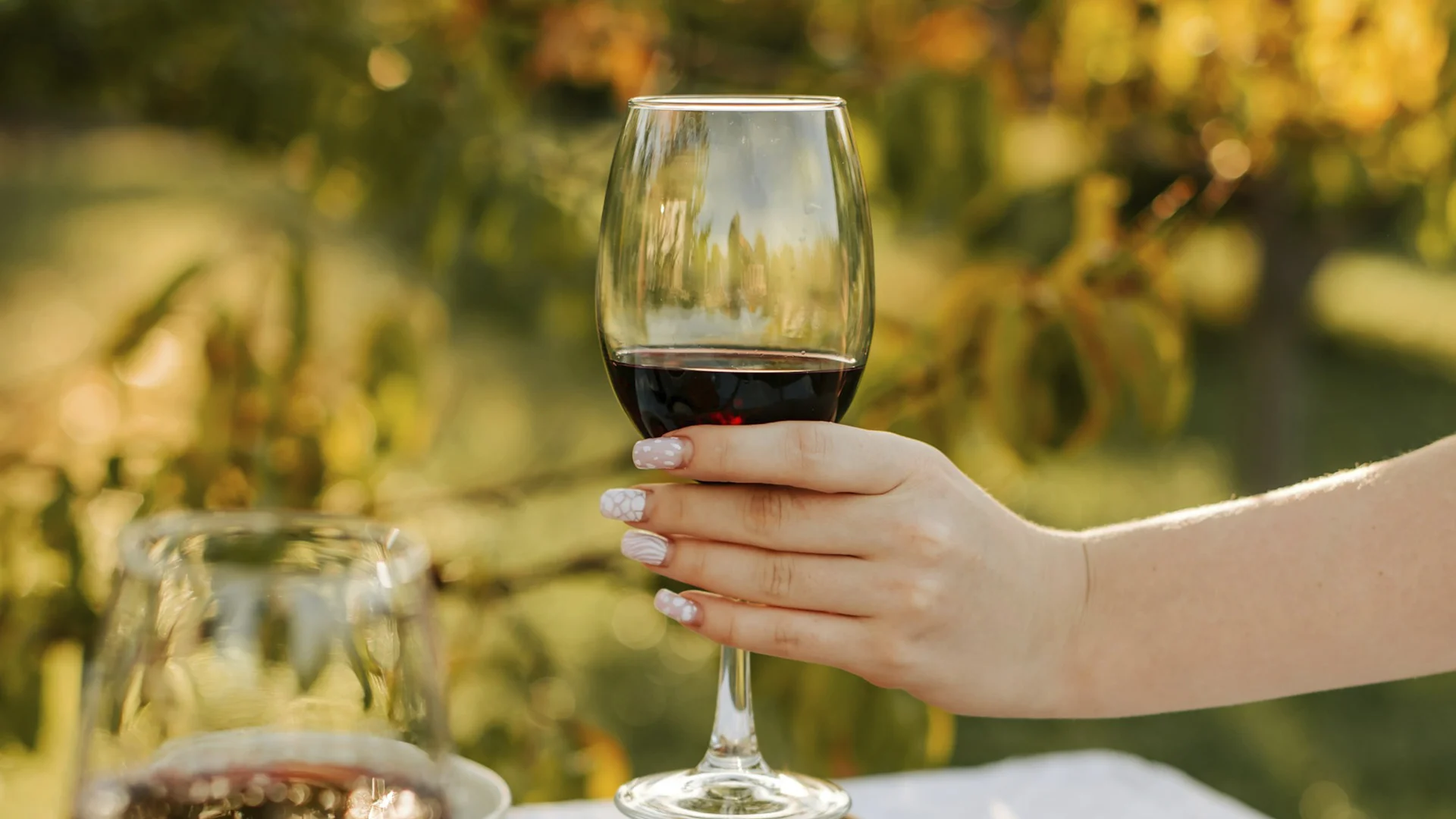


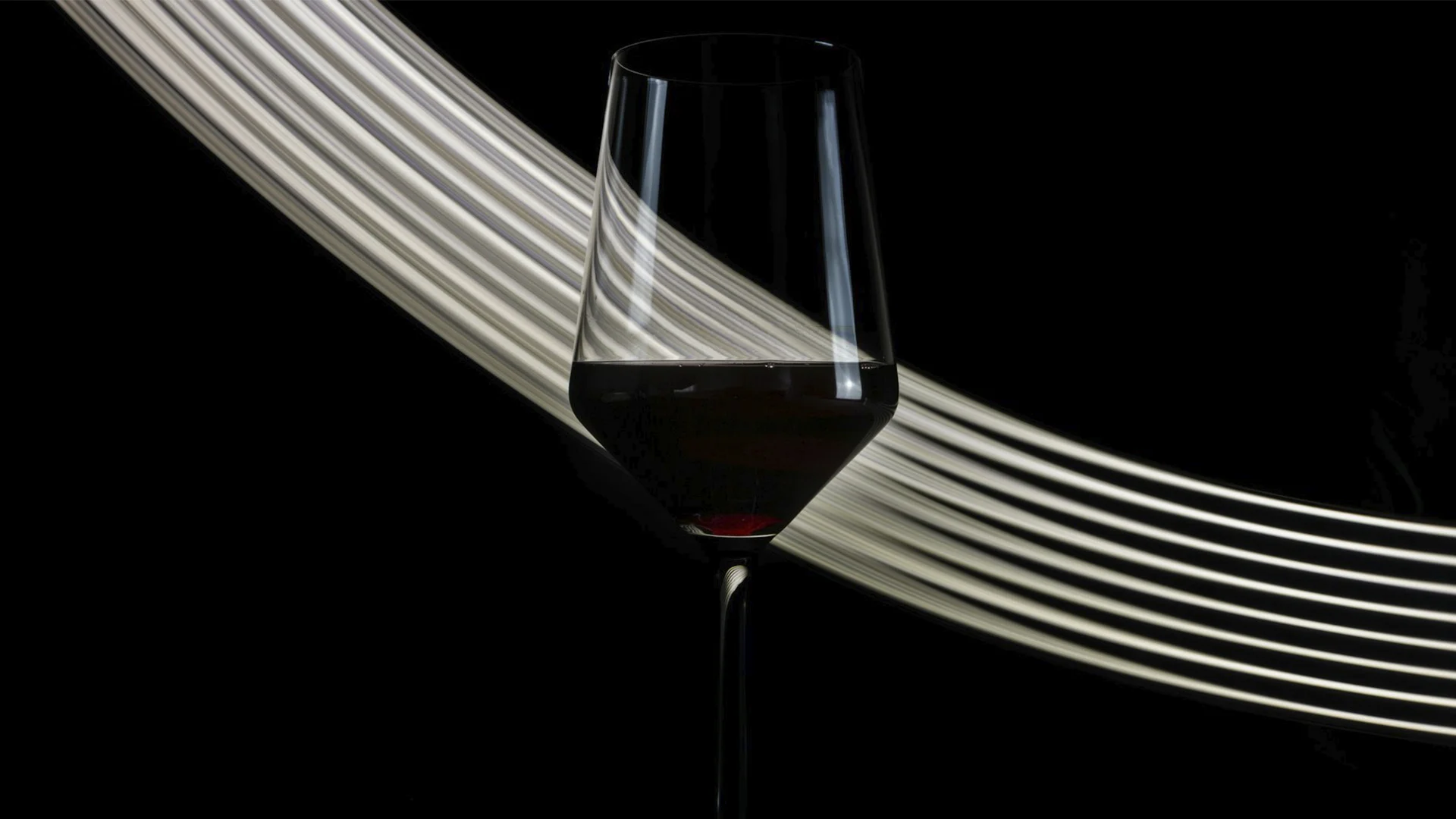



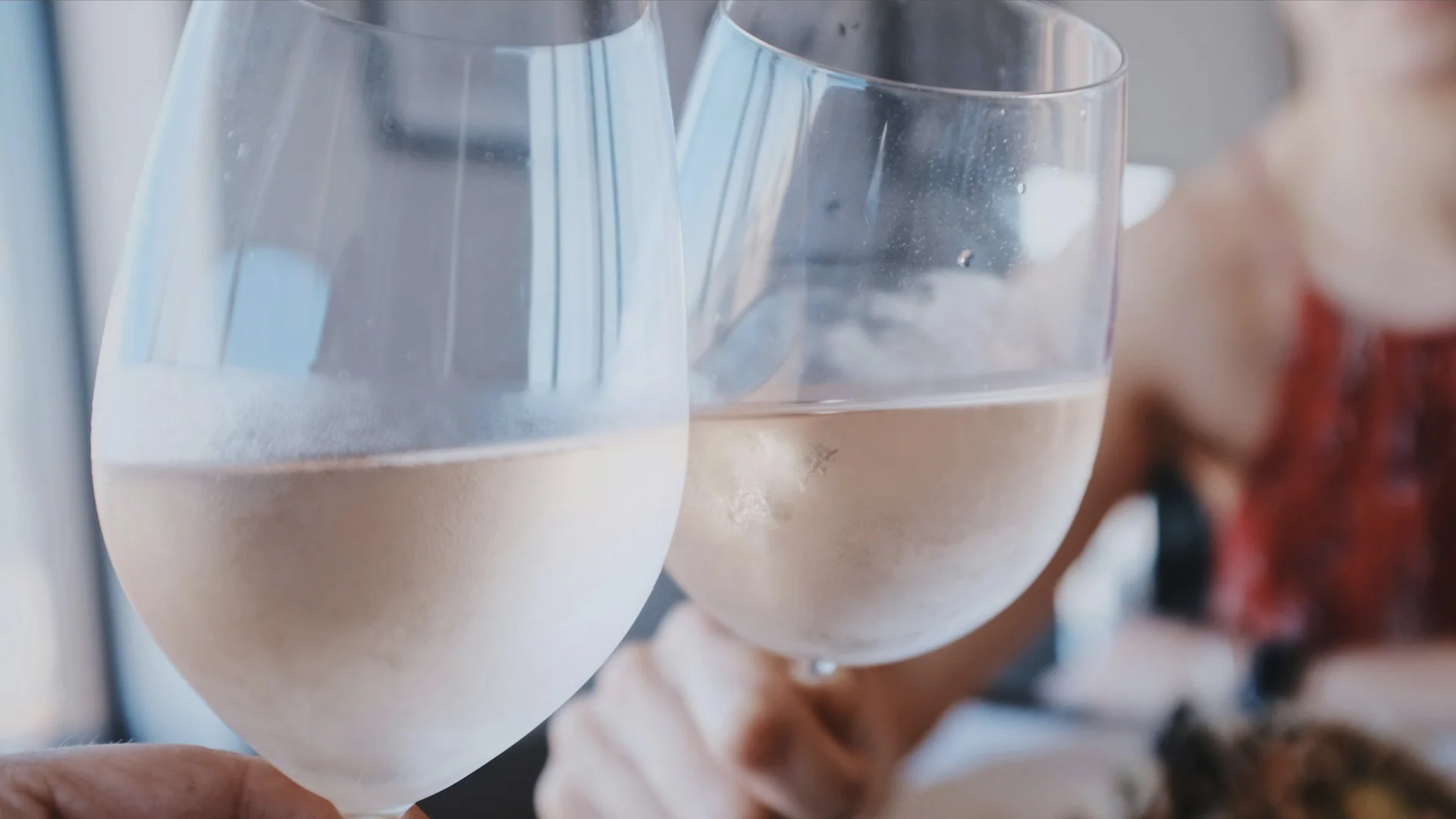

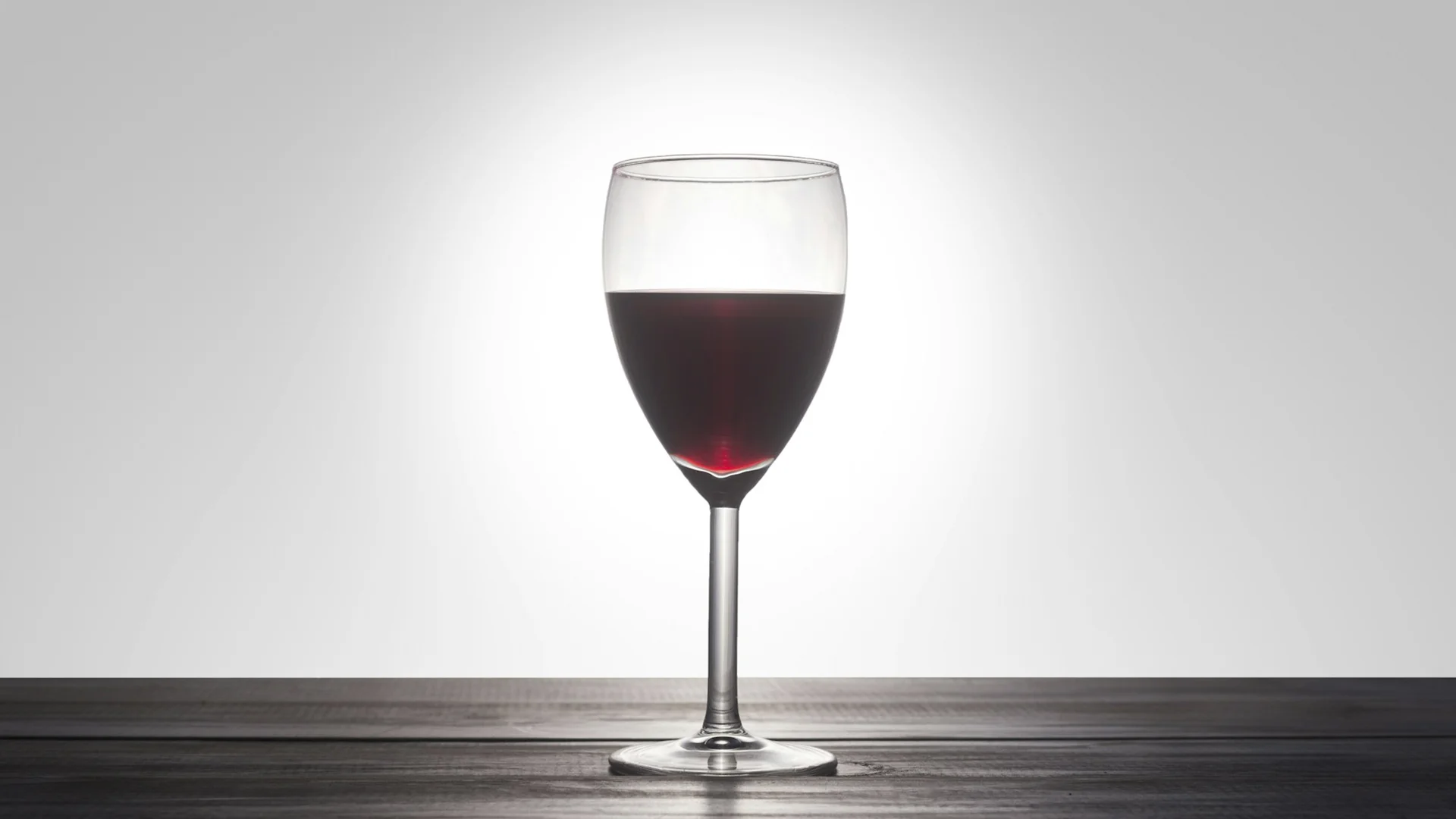


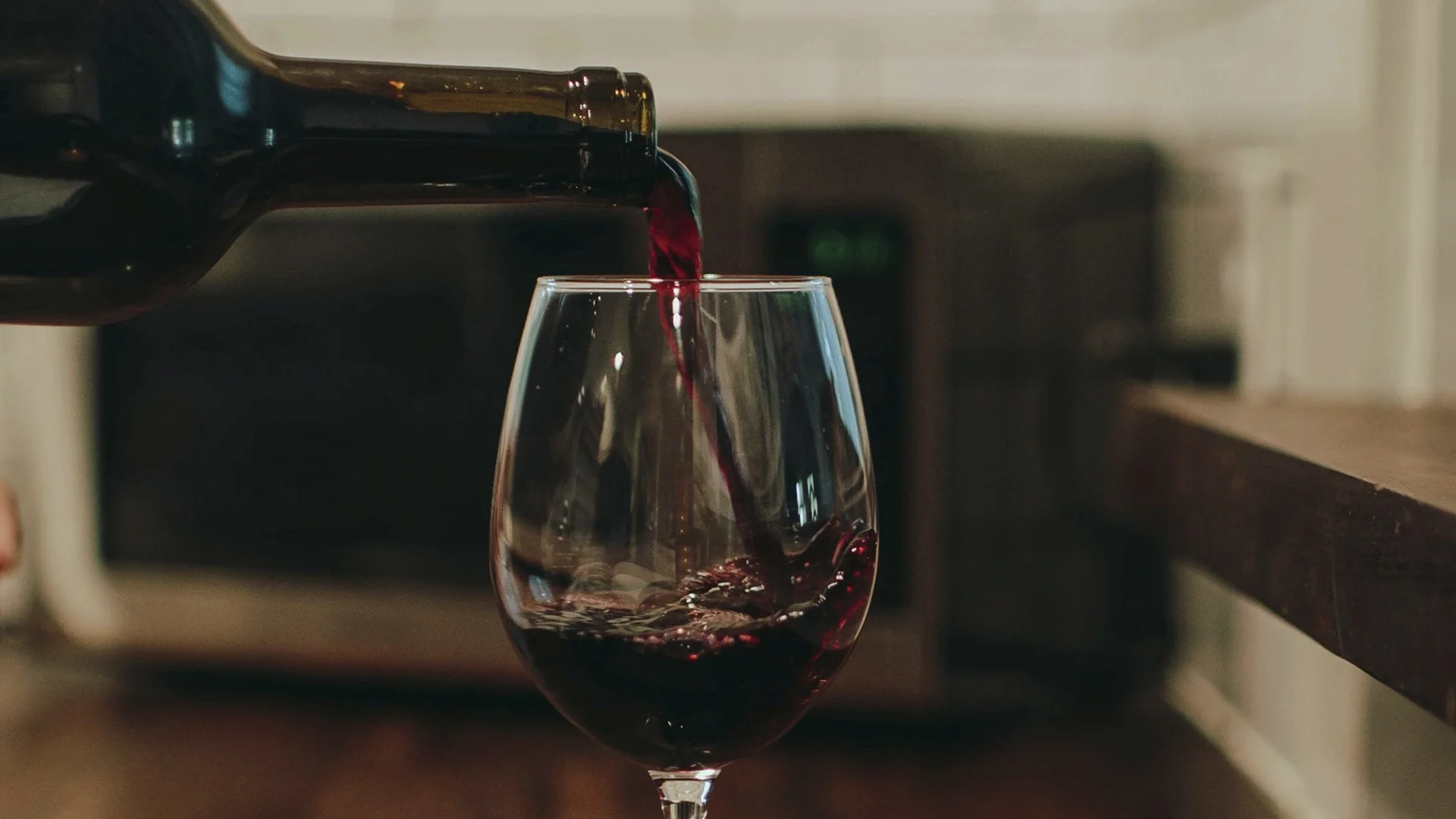


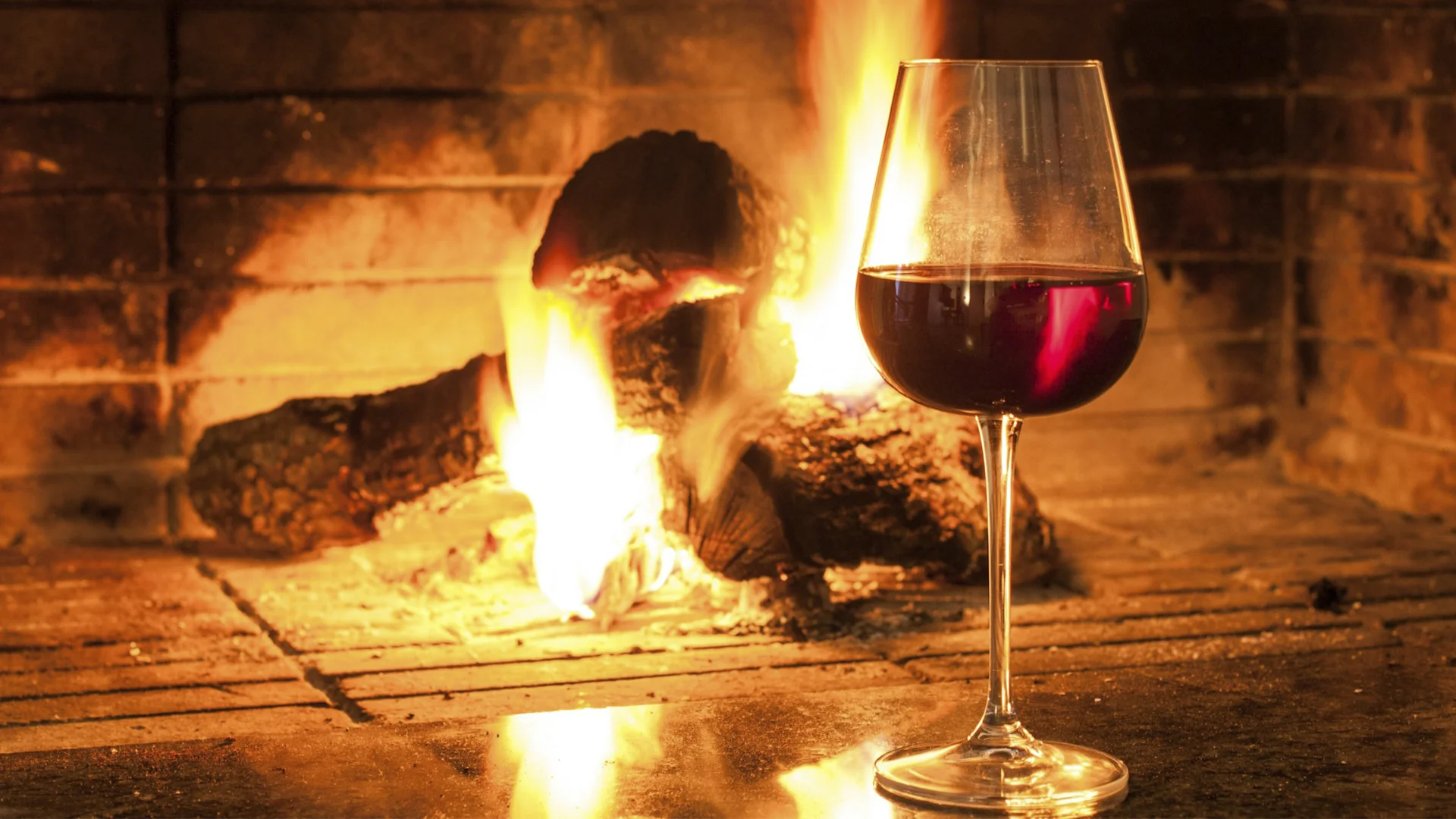
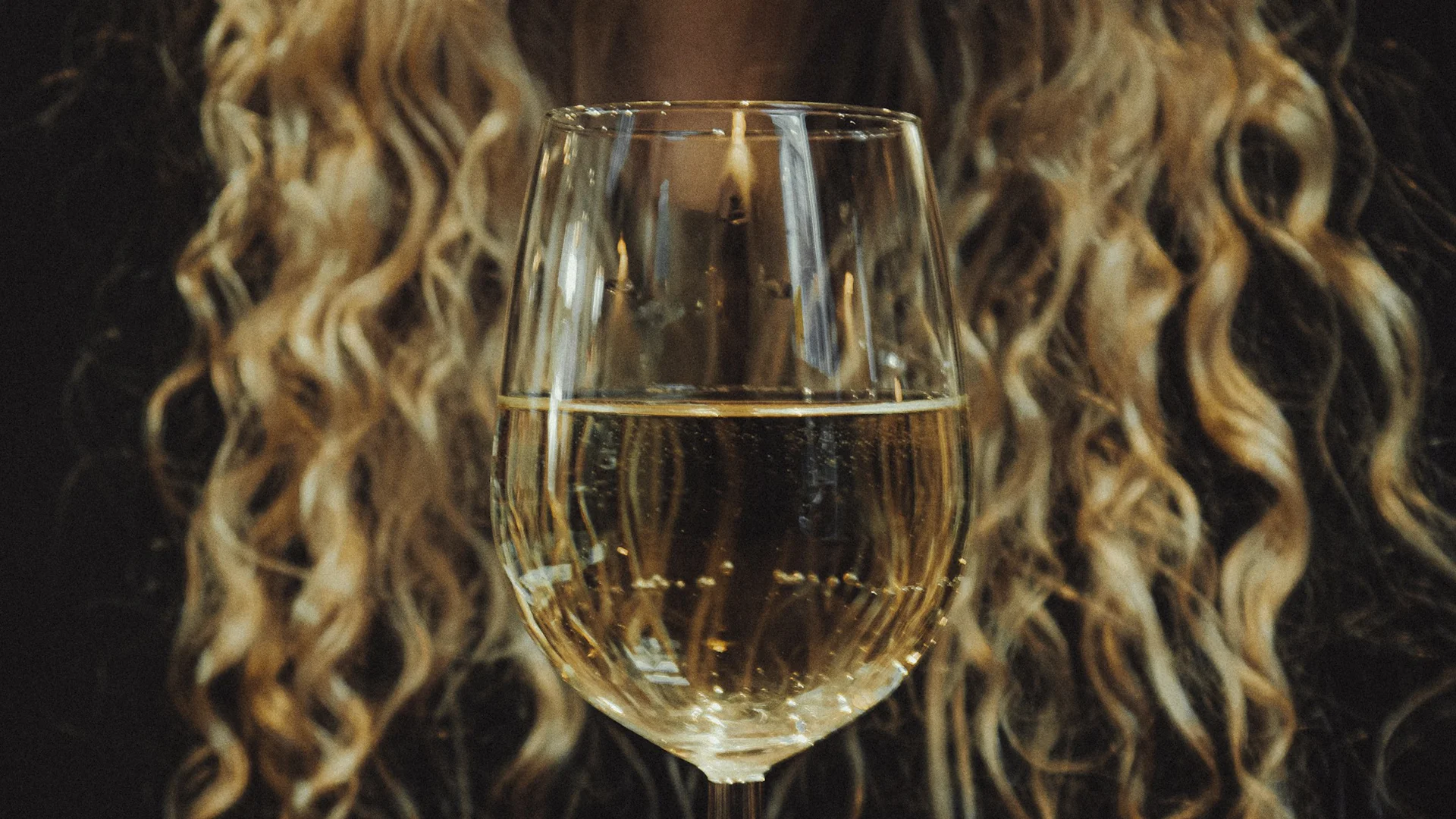

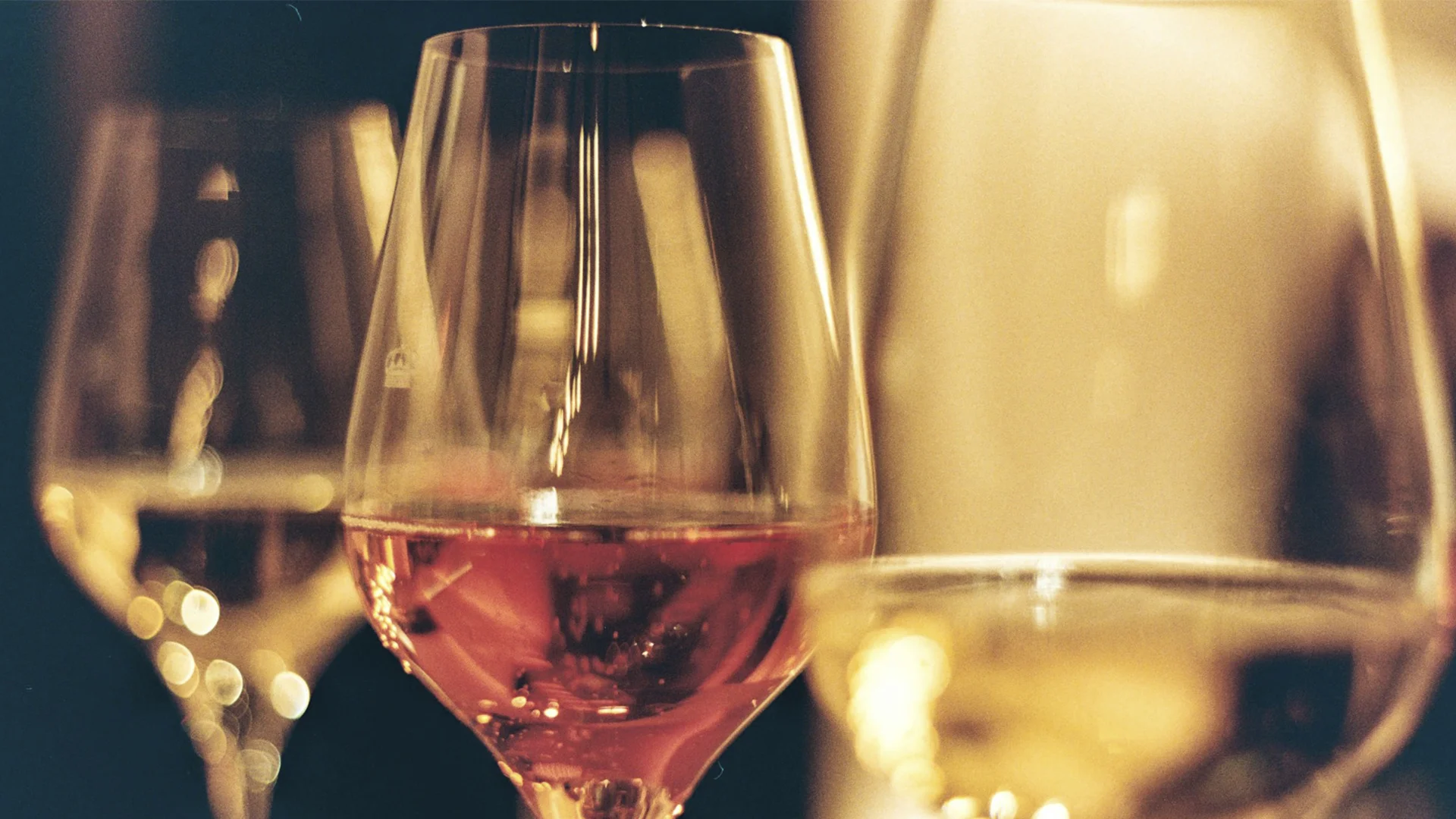
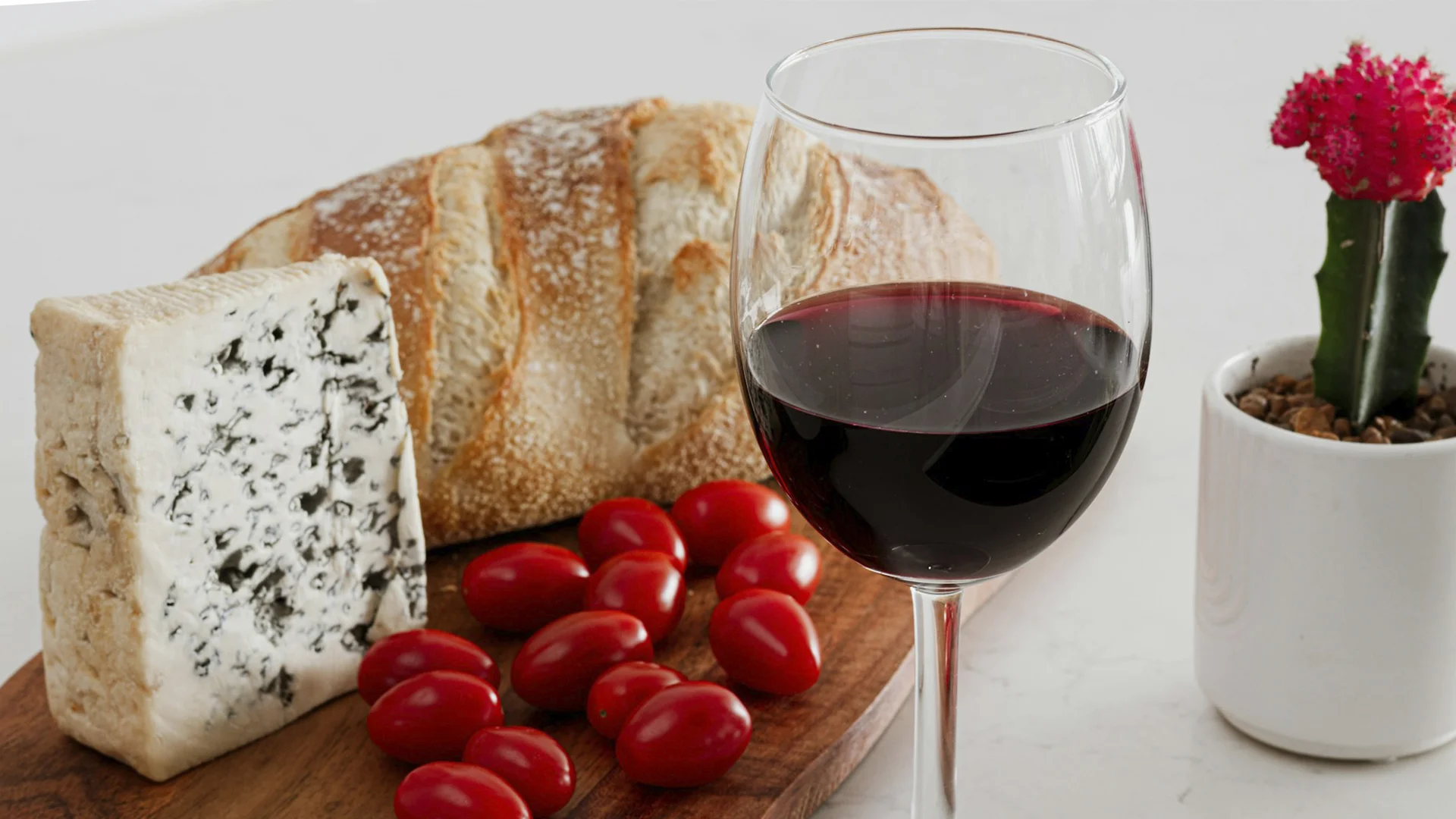

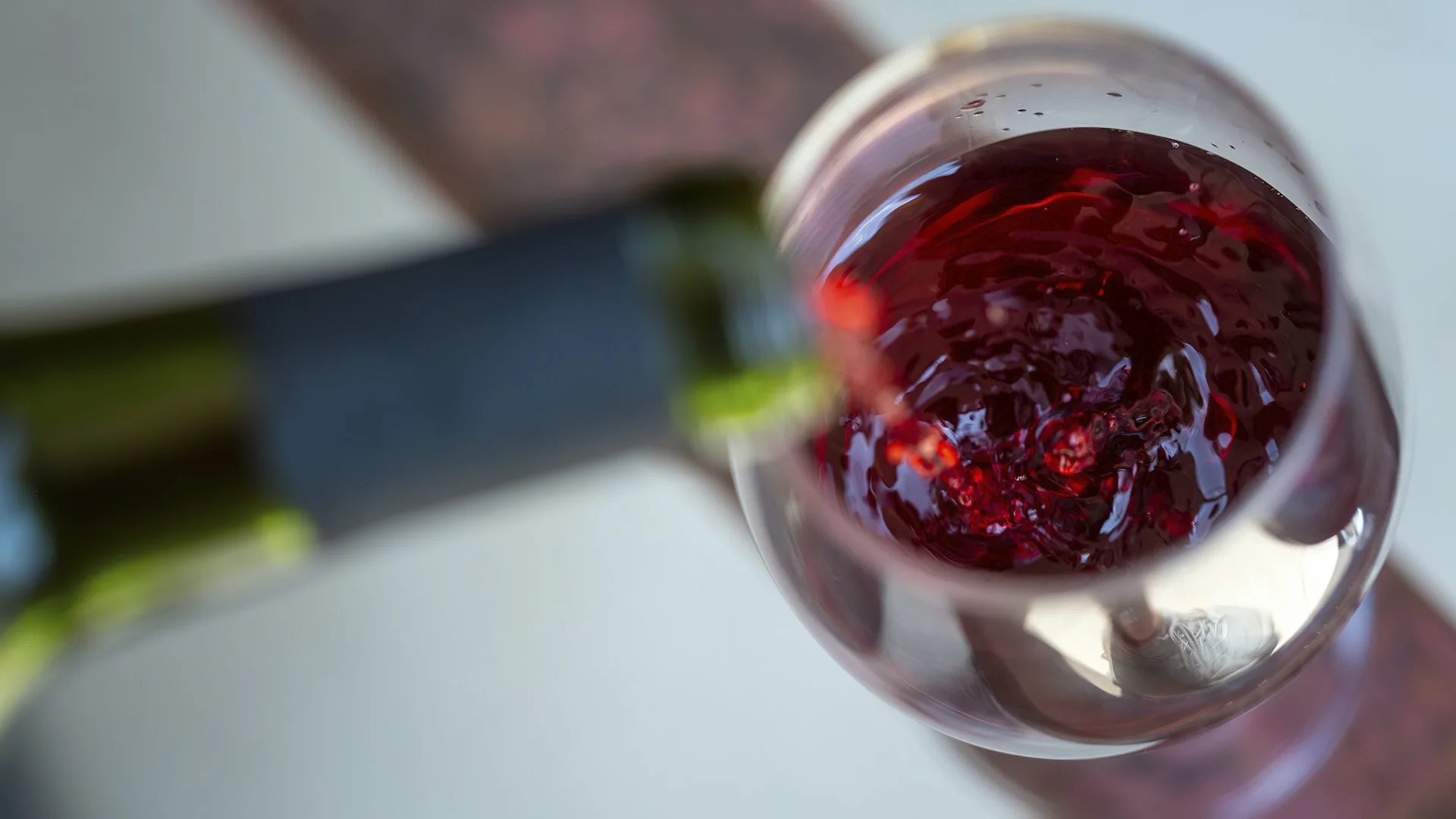
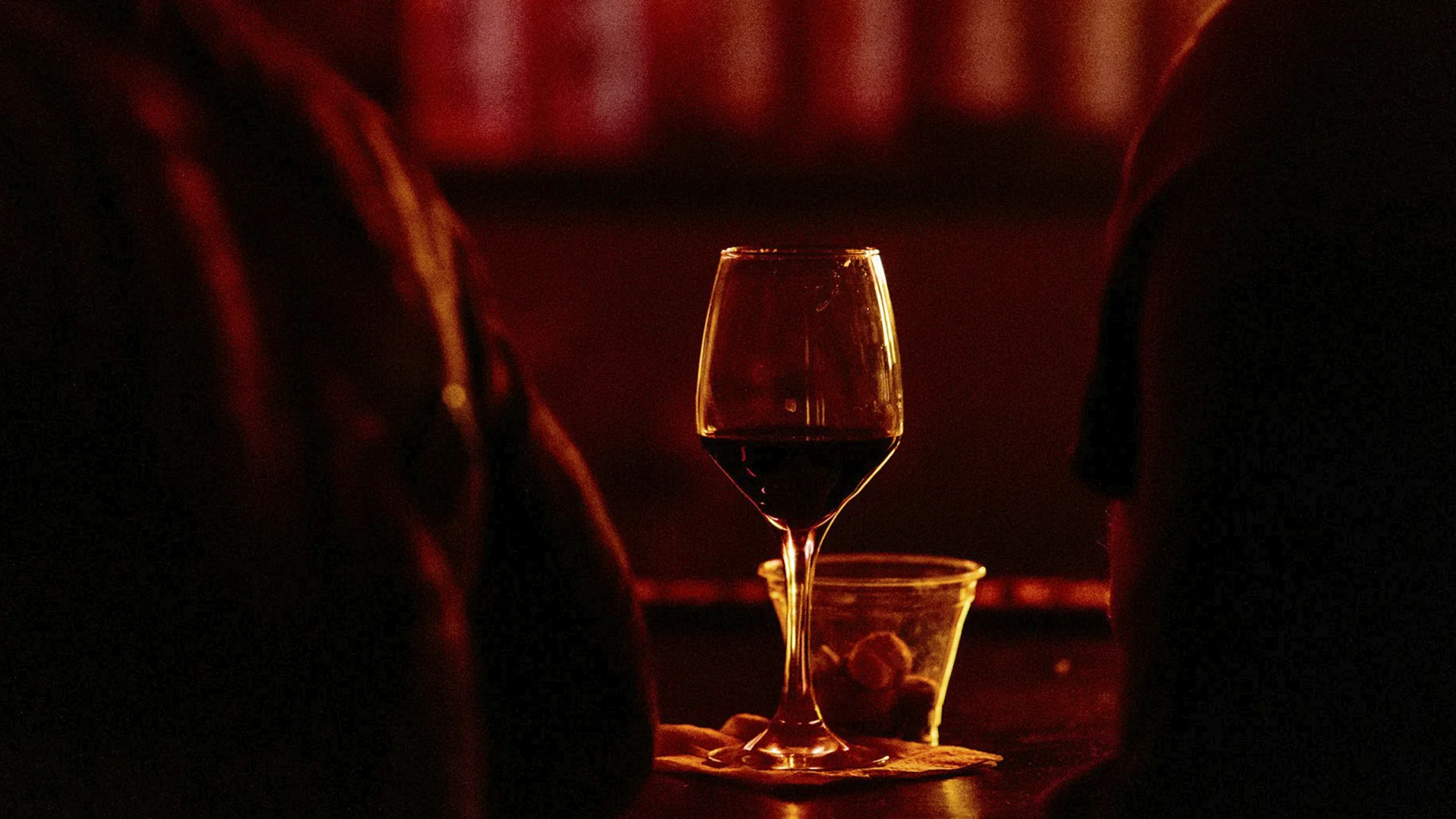

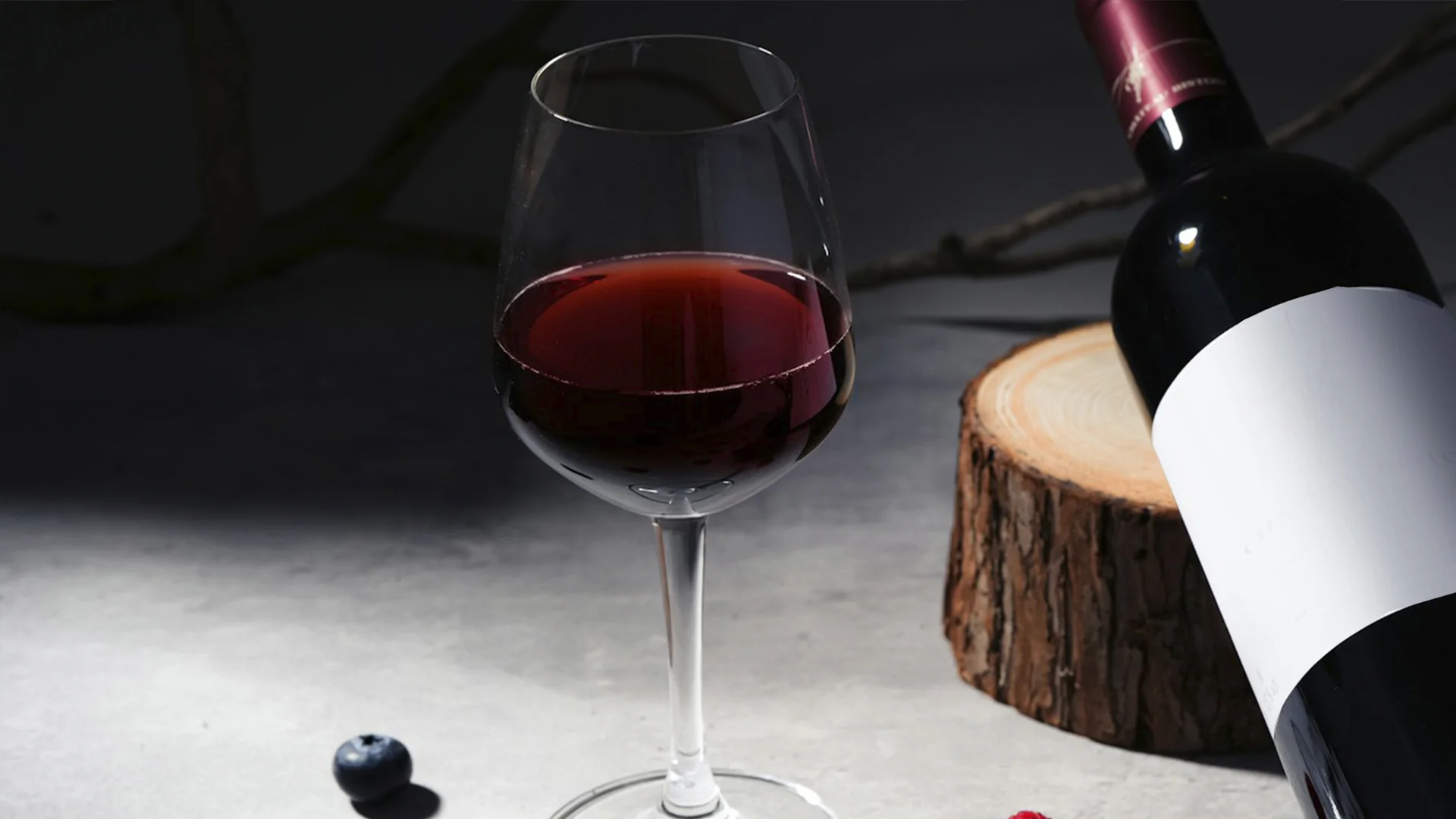
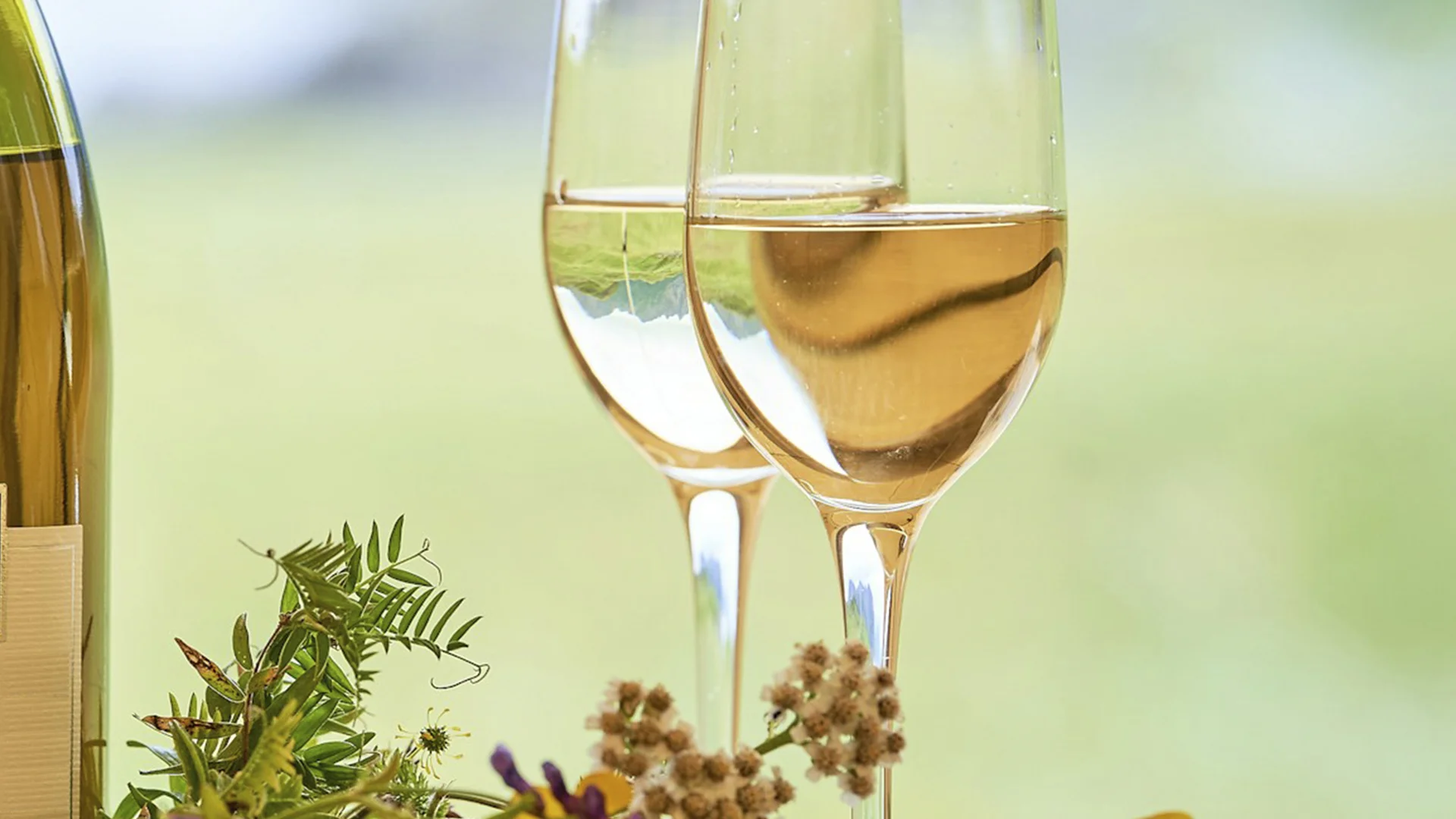
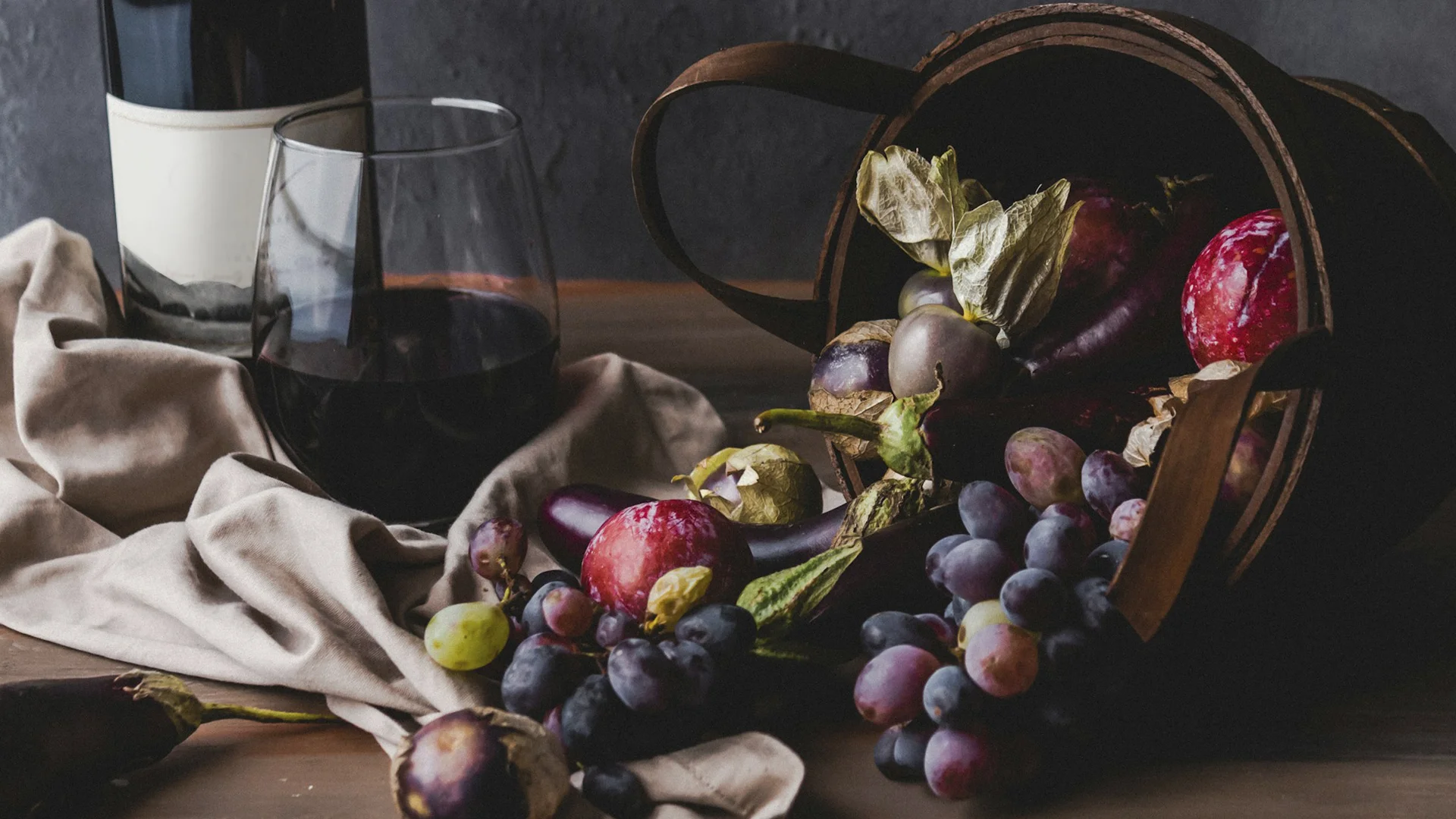
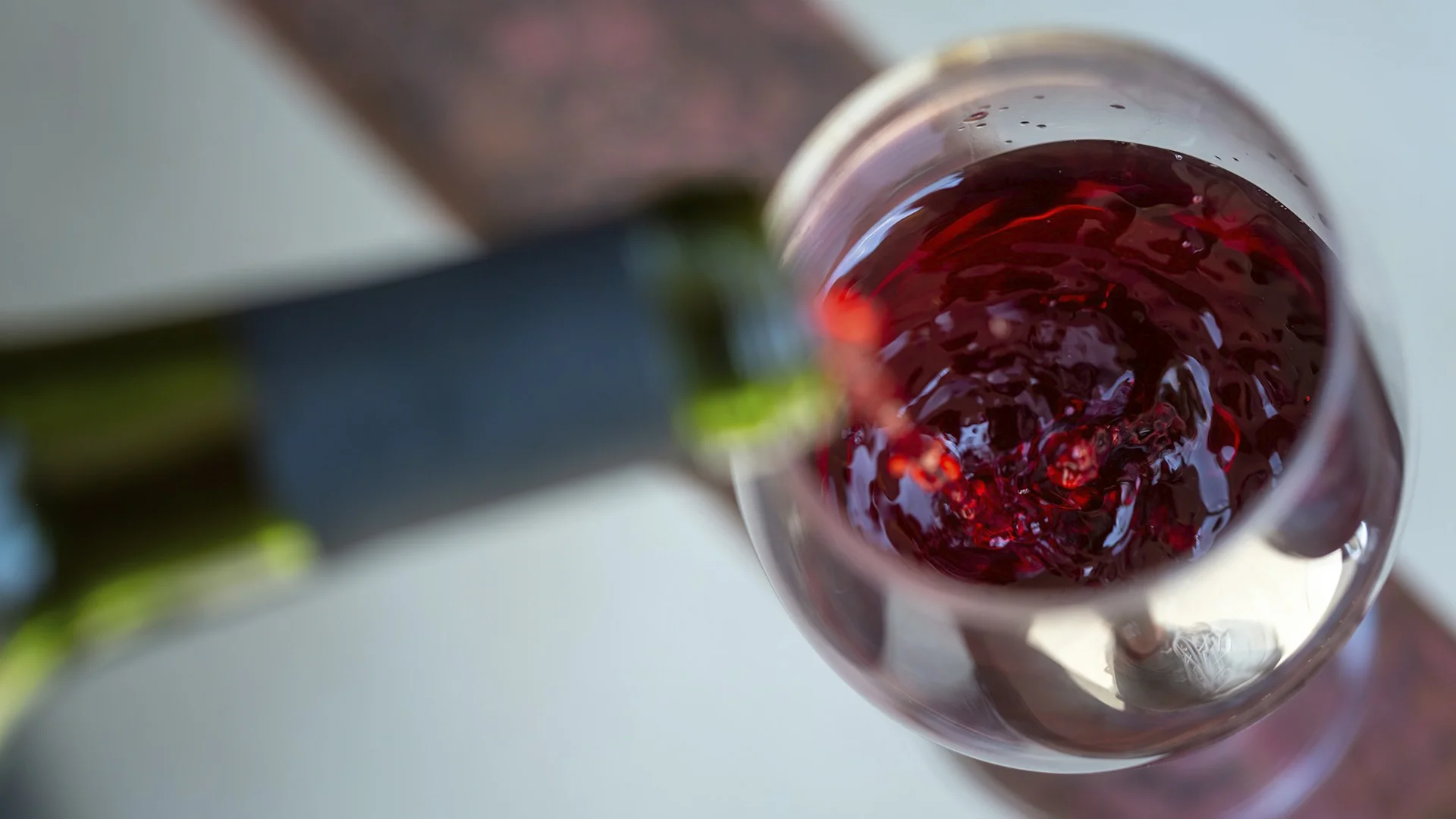
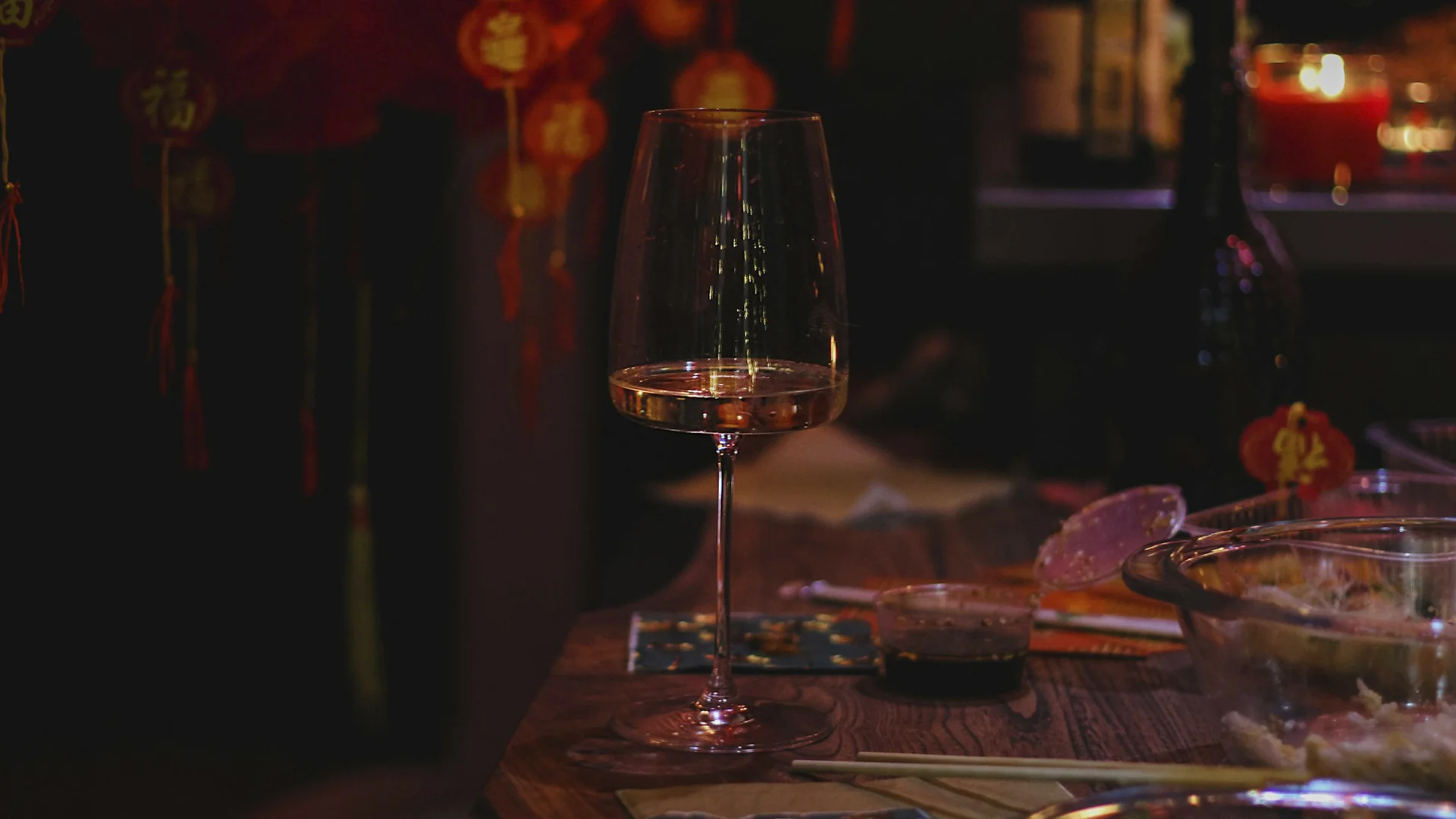






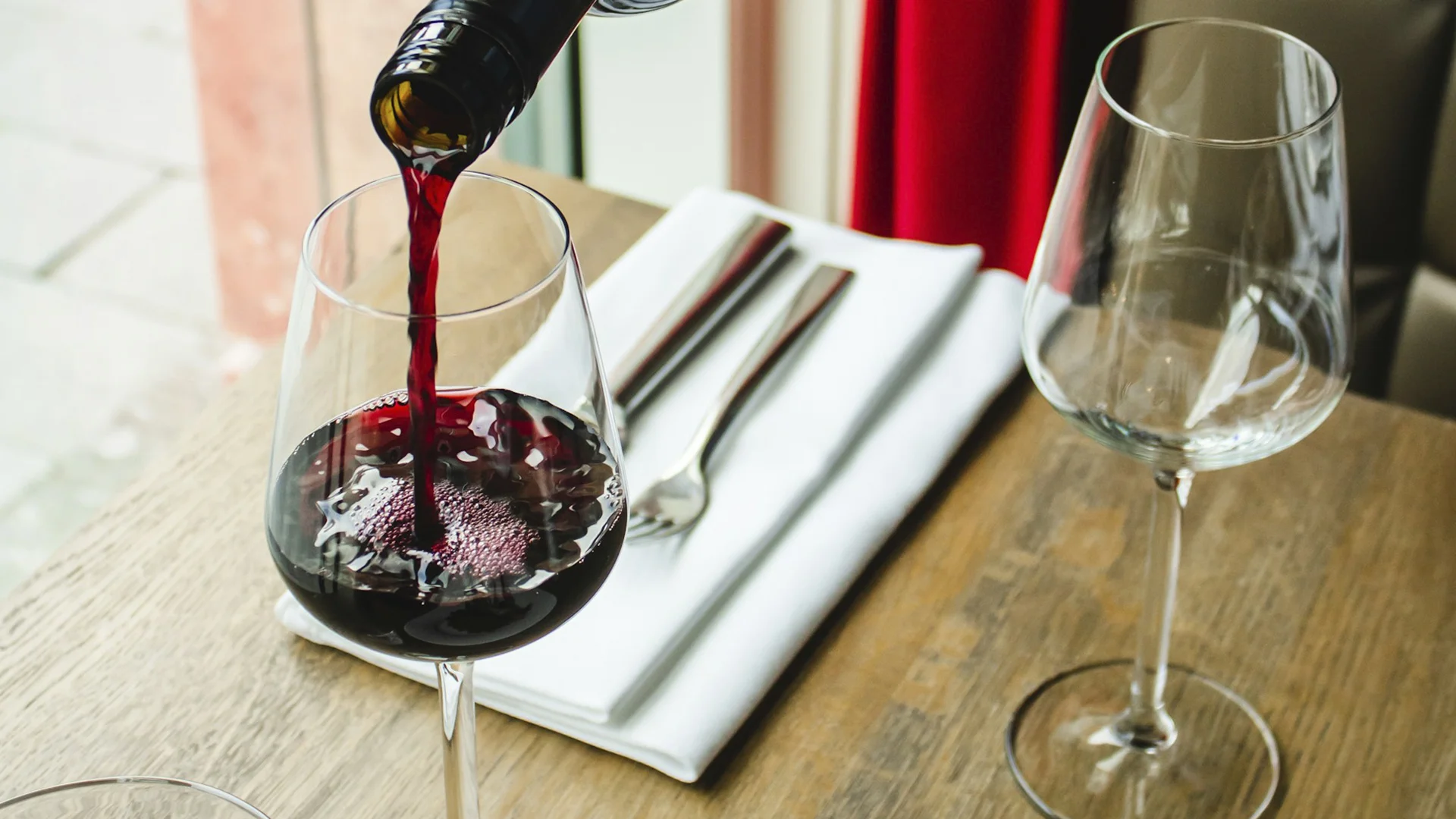












.webp)

.webp)
.webp)
.webp)



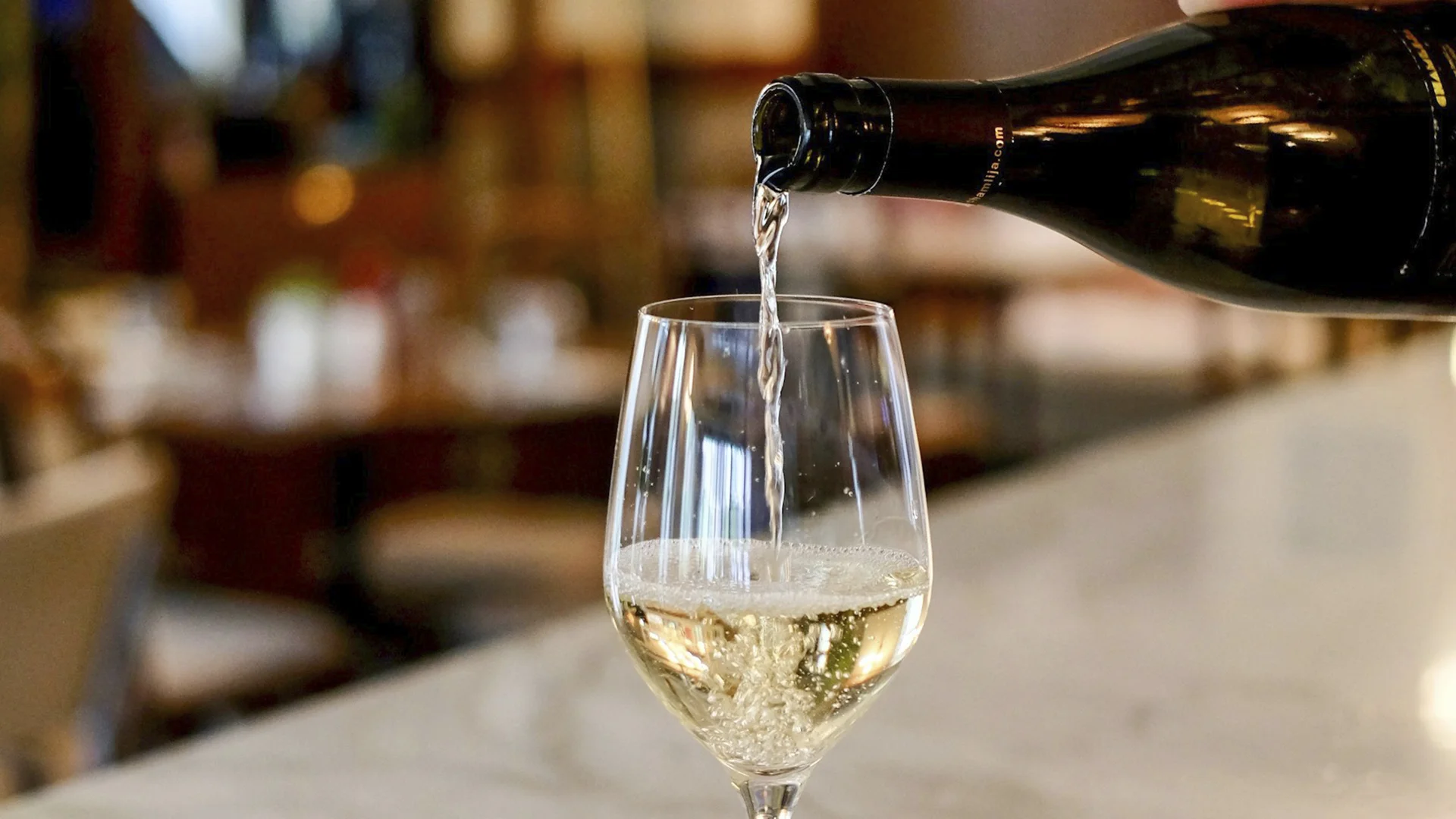


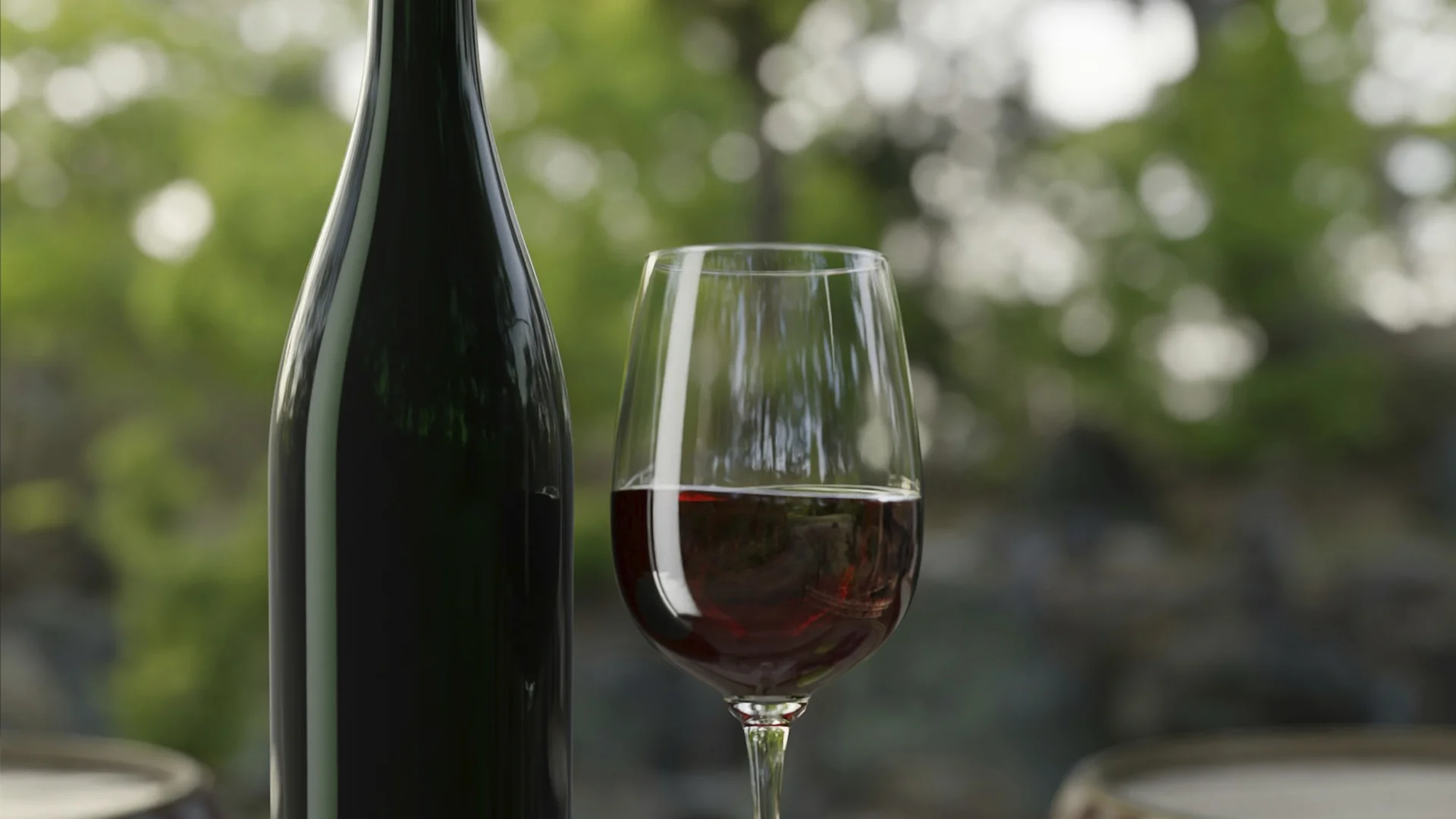



















.webp)













Are you interested in
collaborating with us?